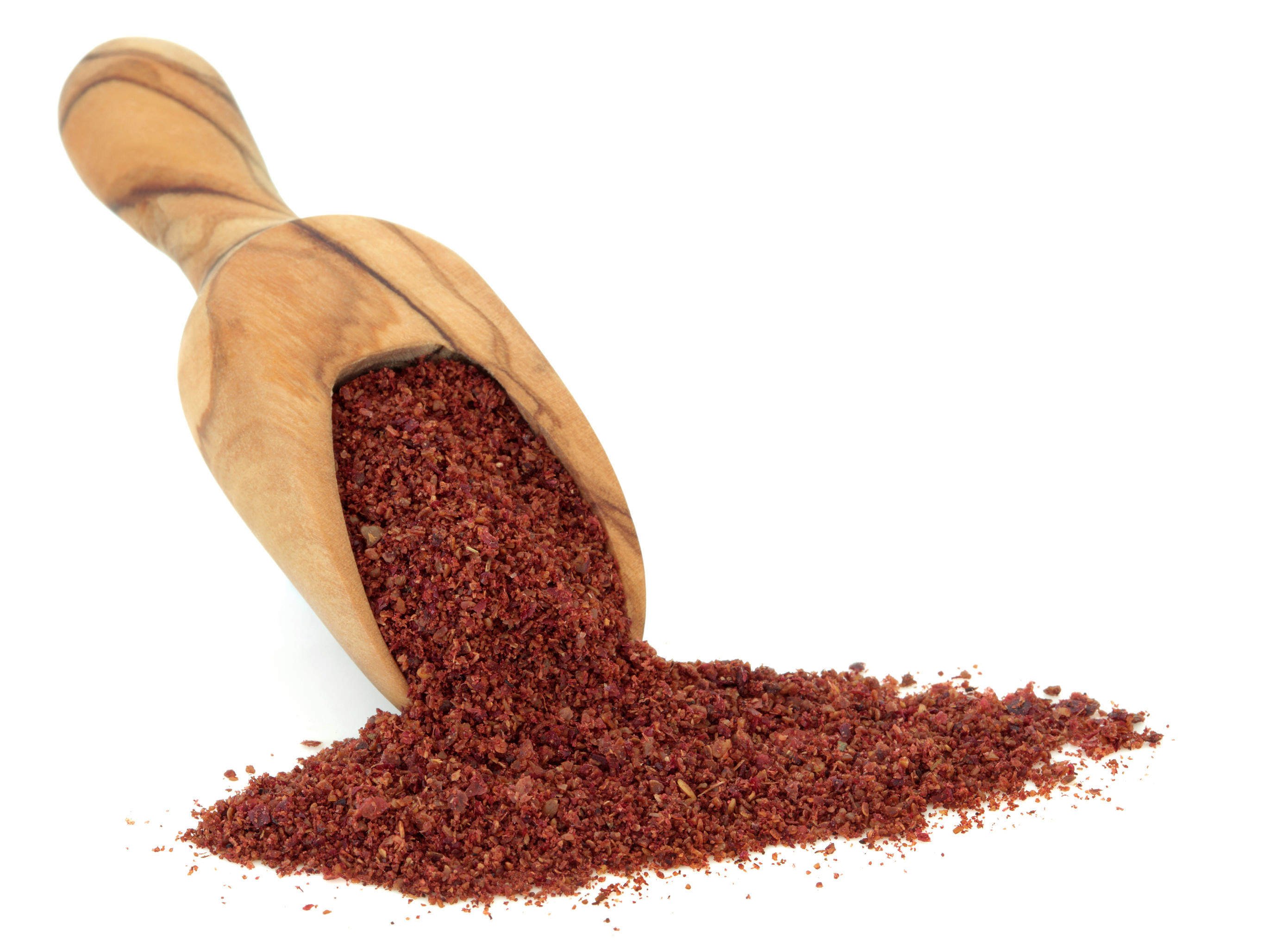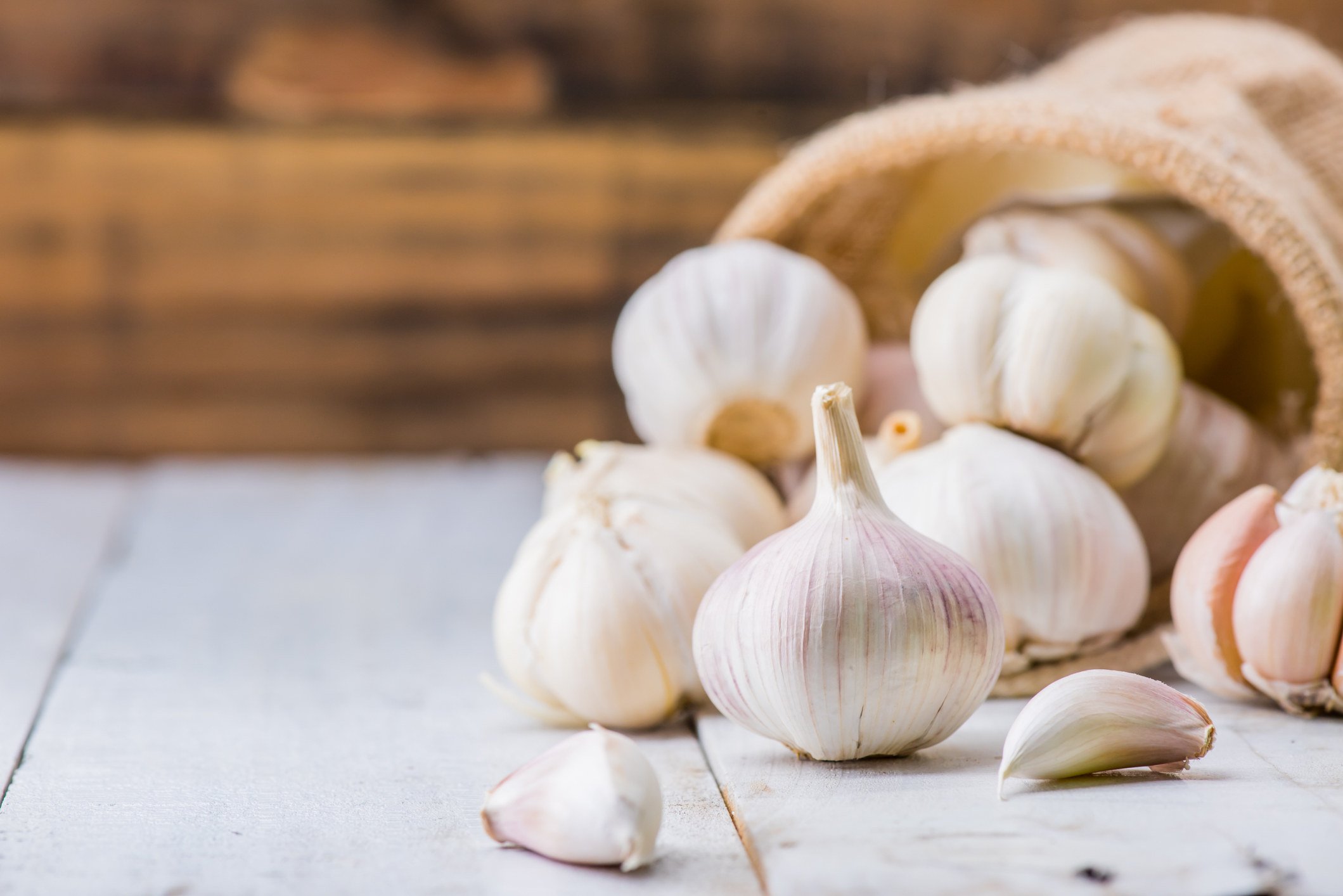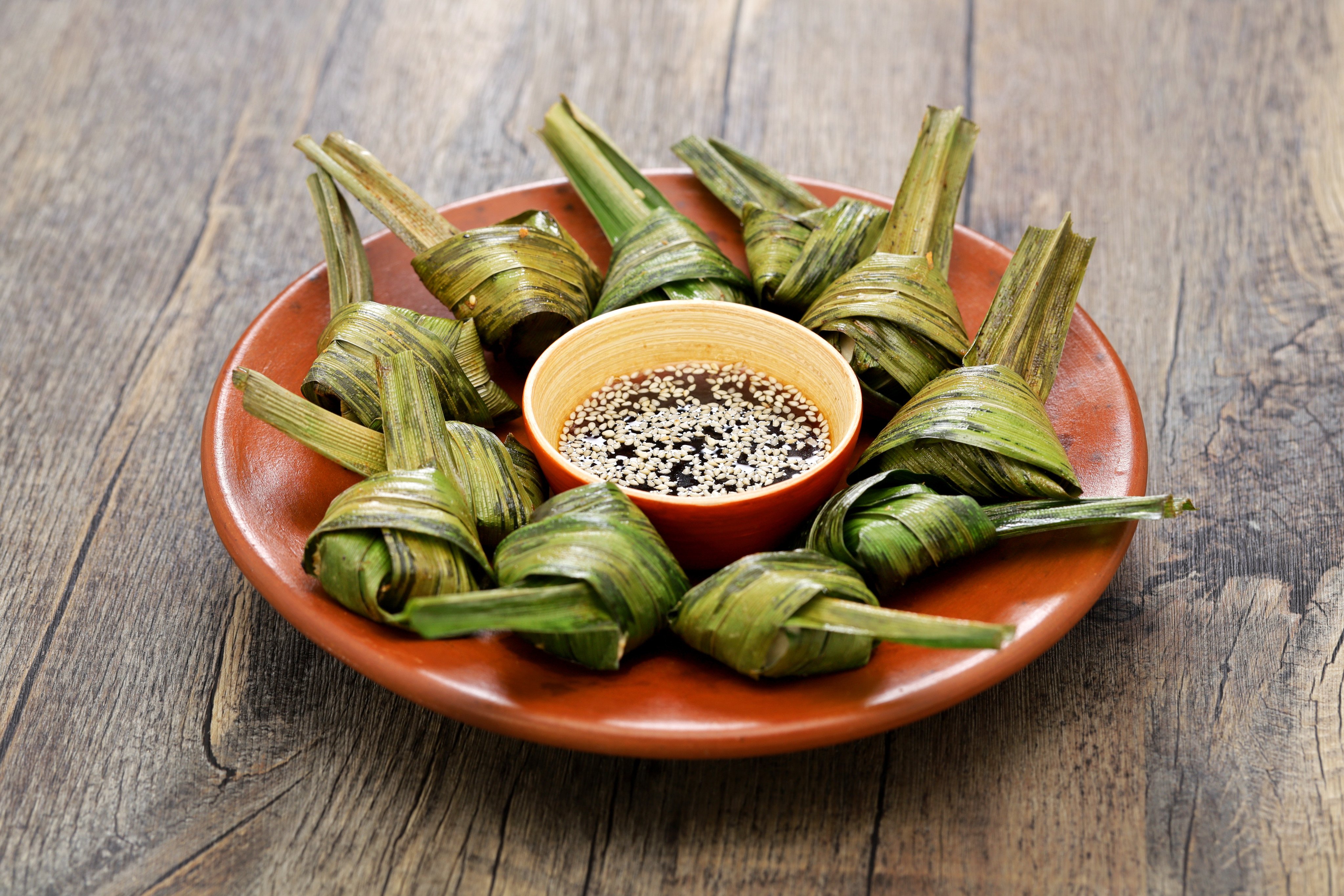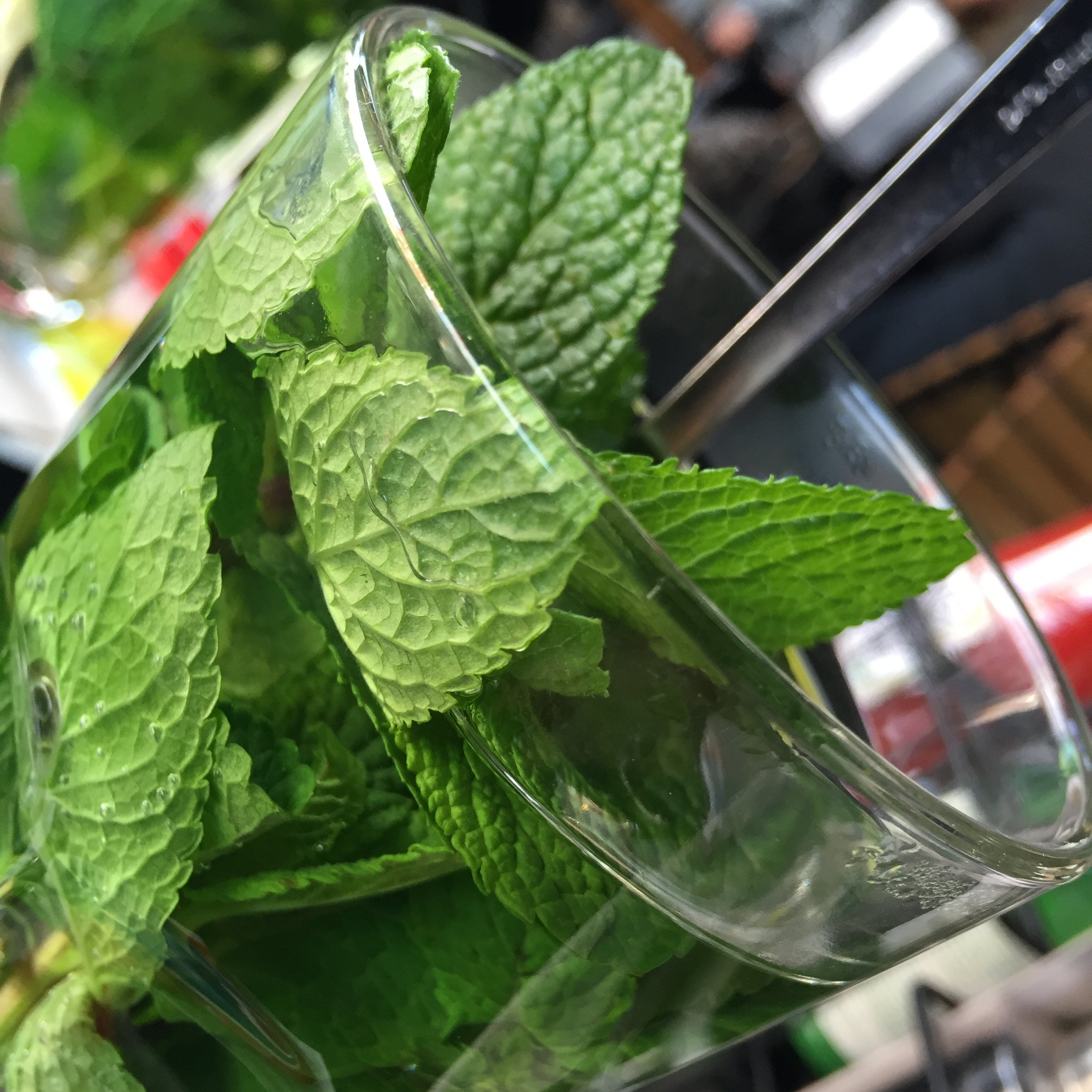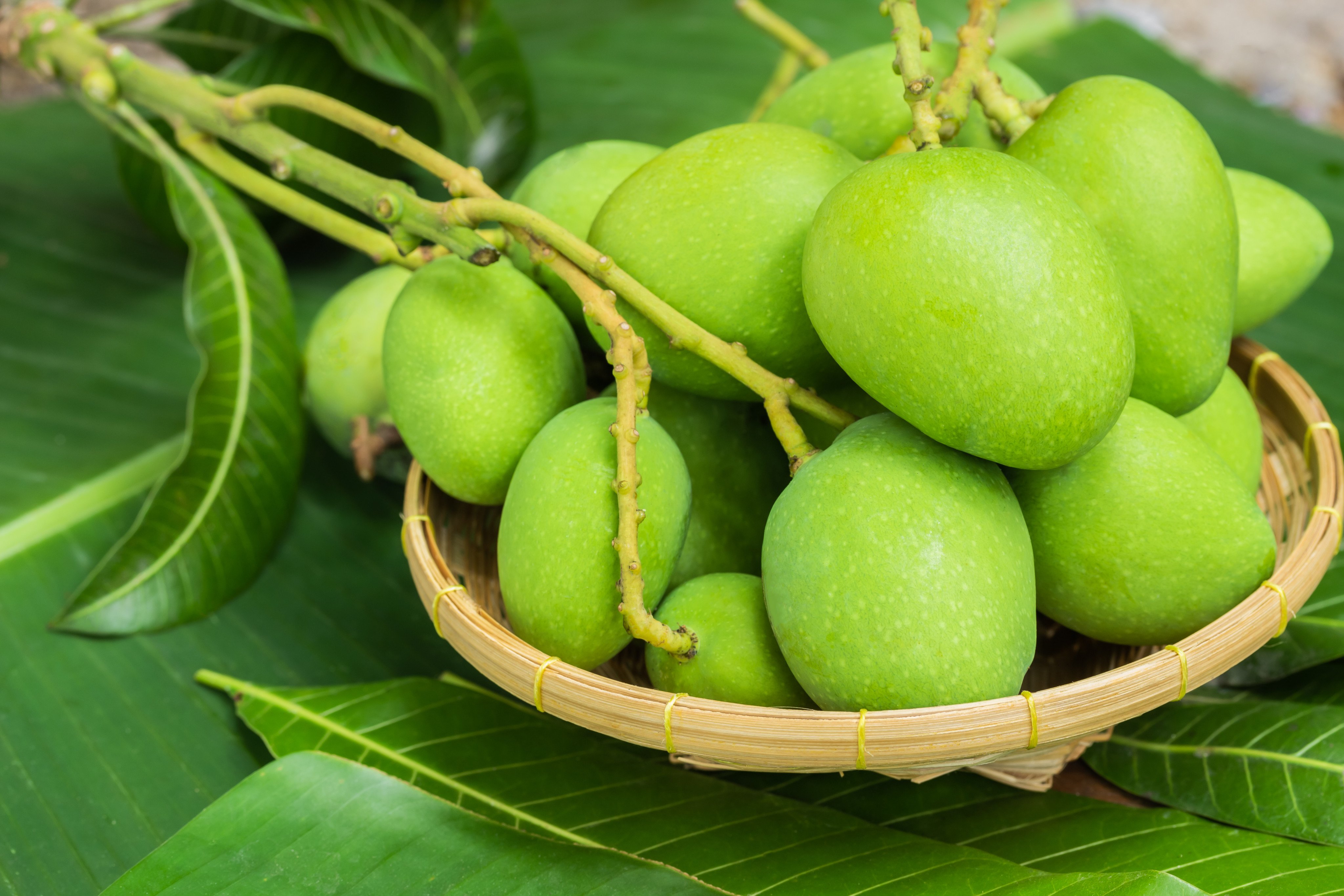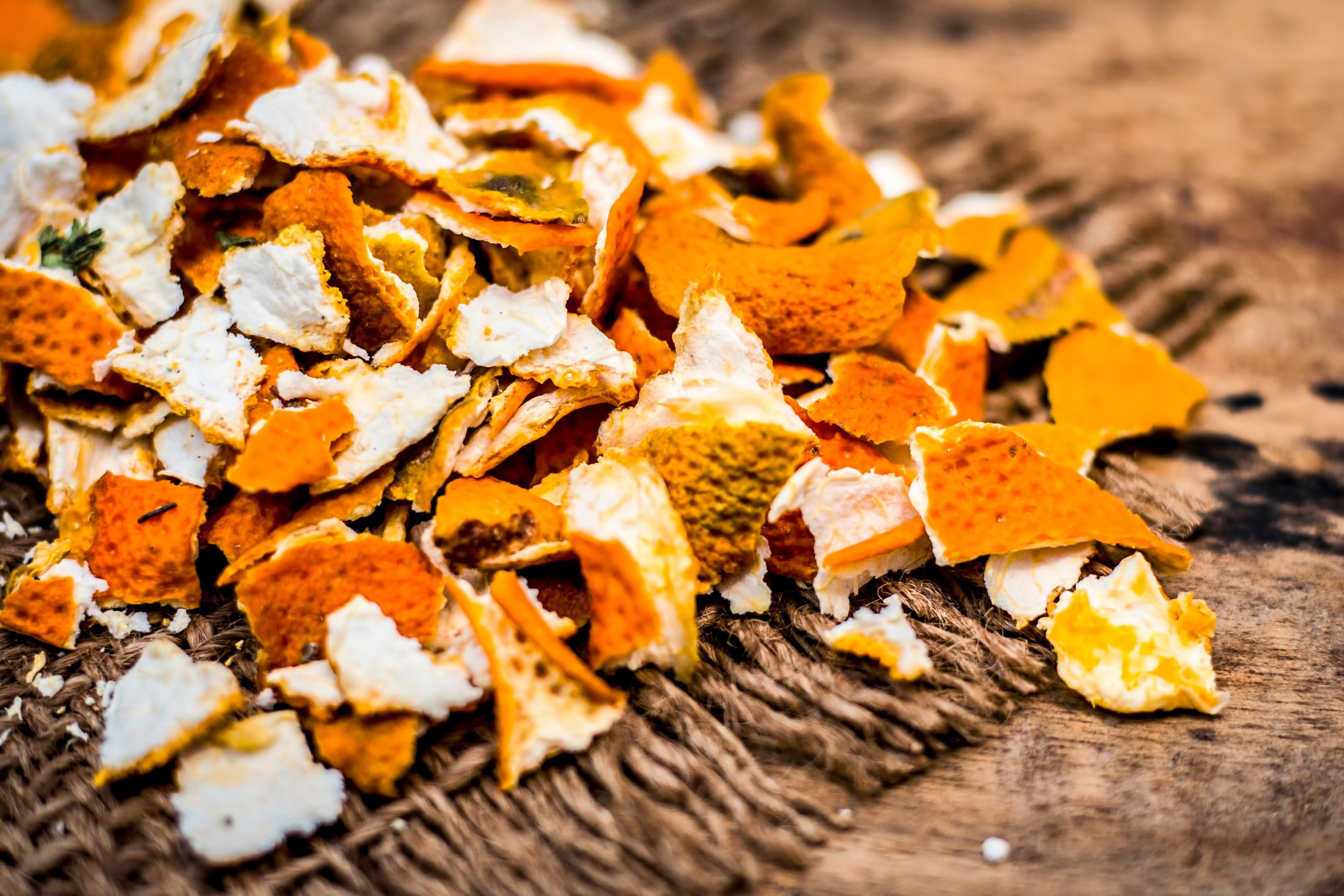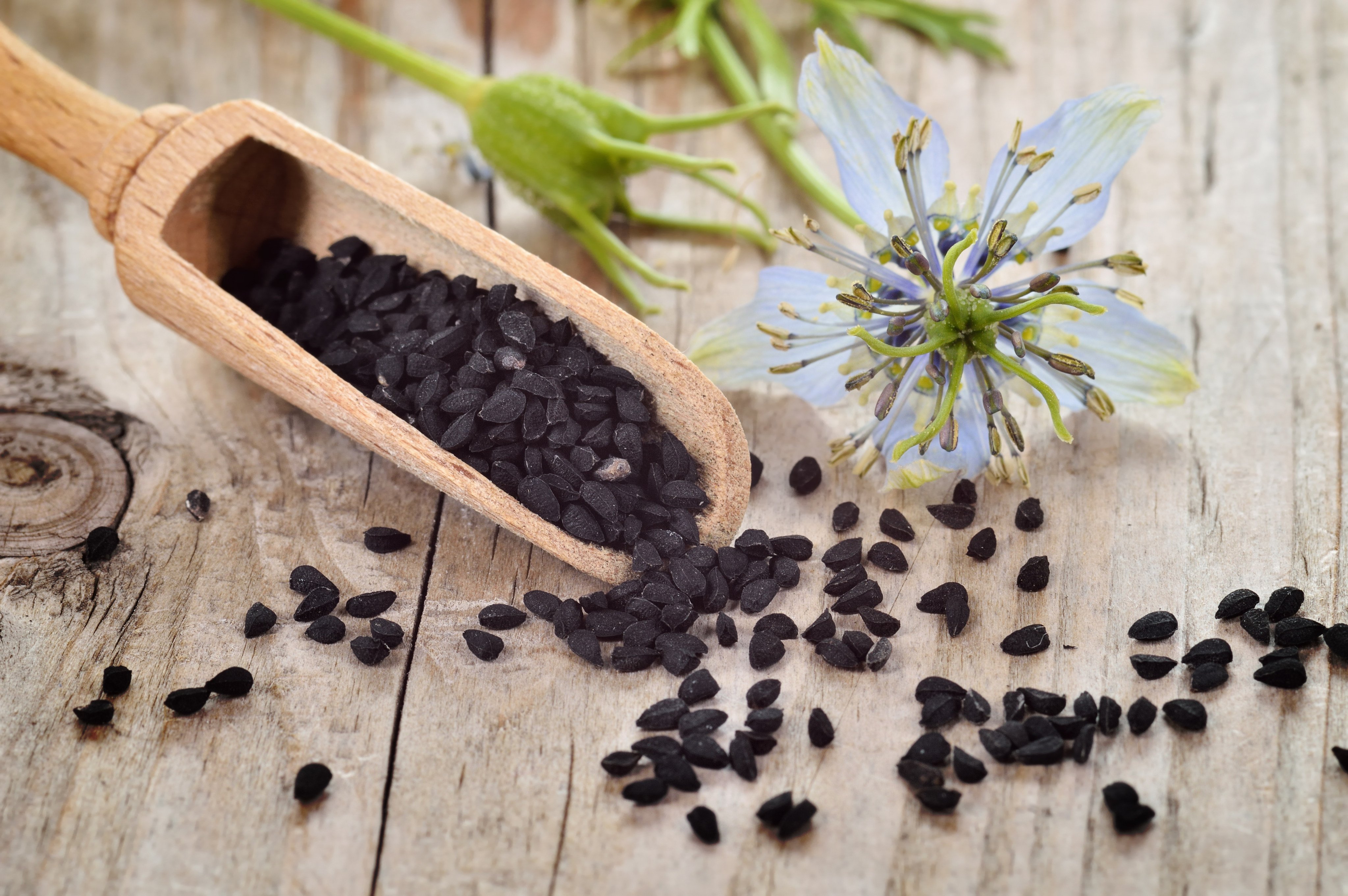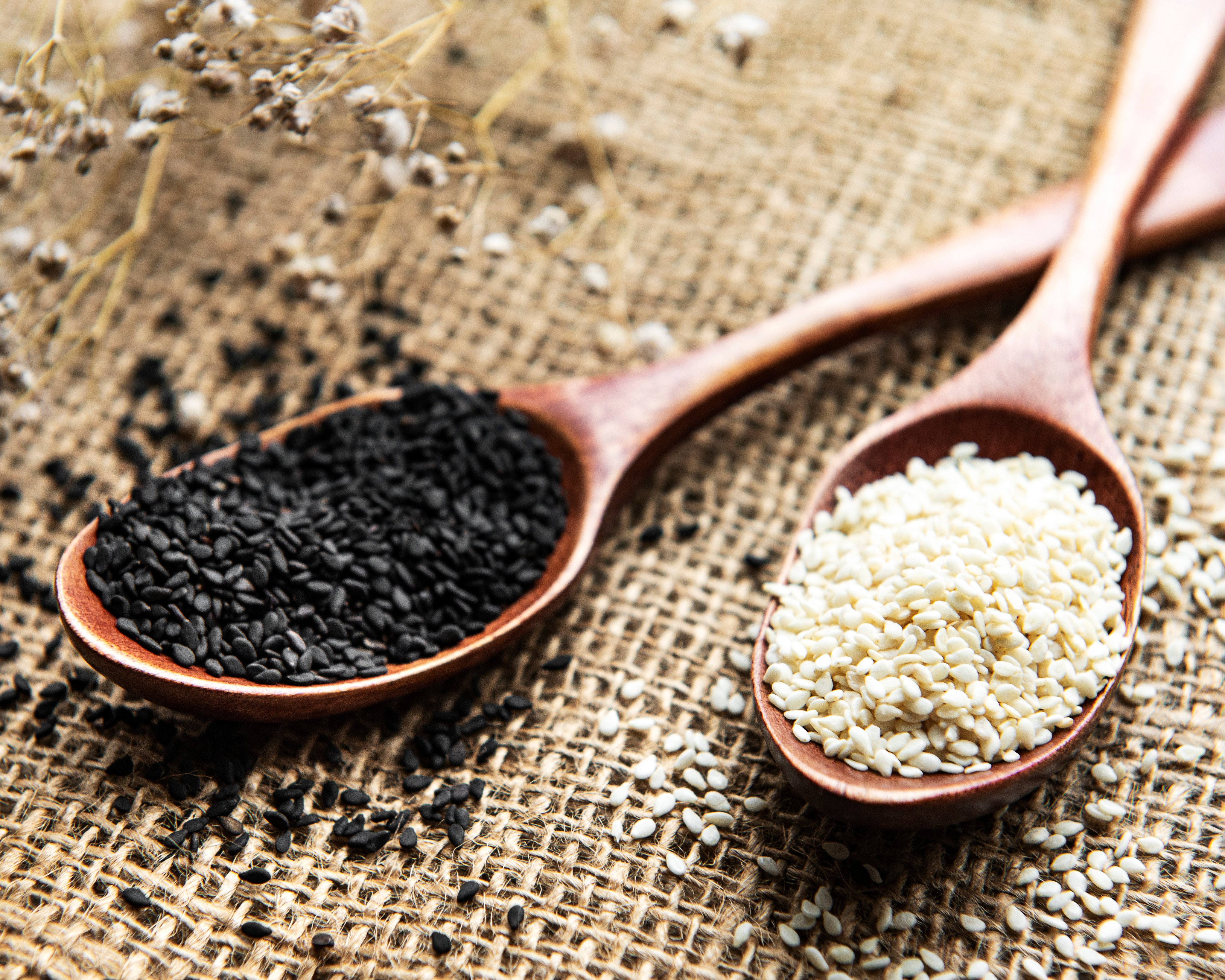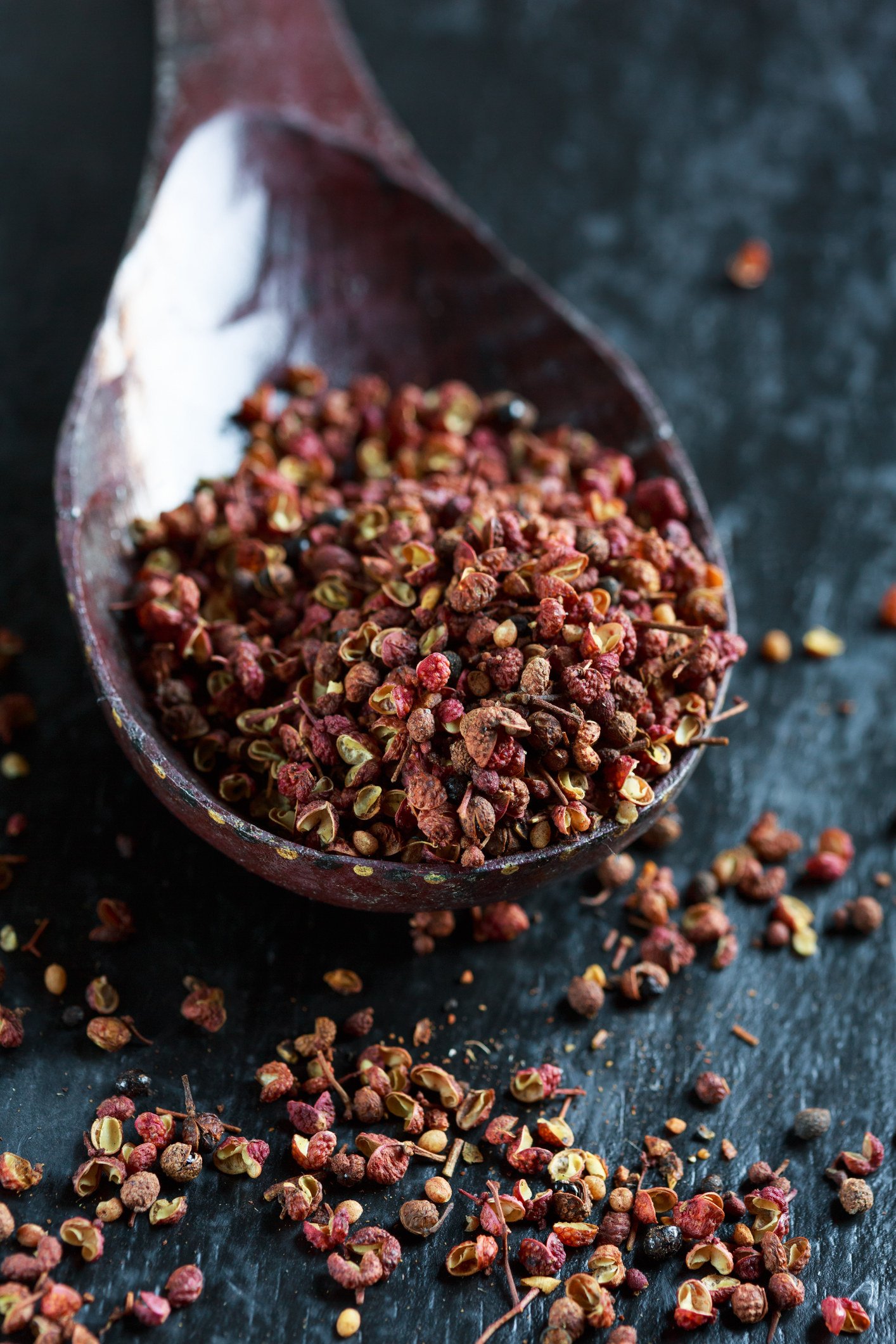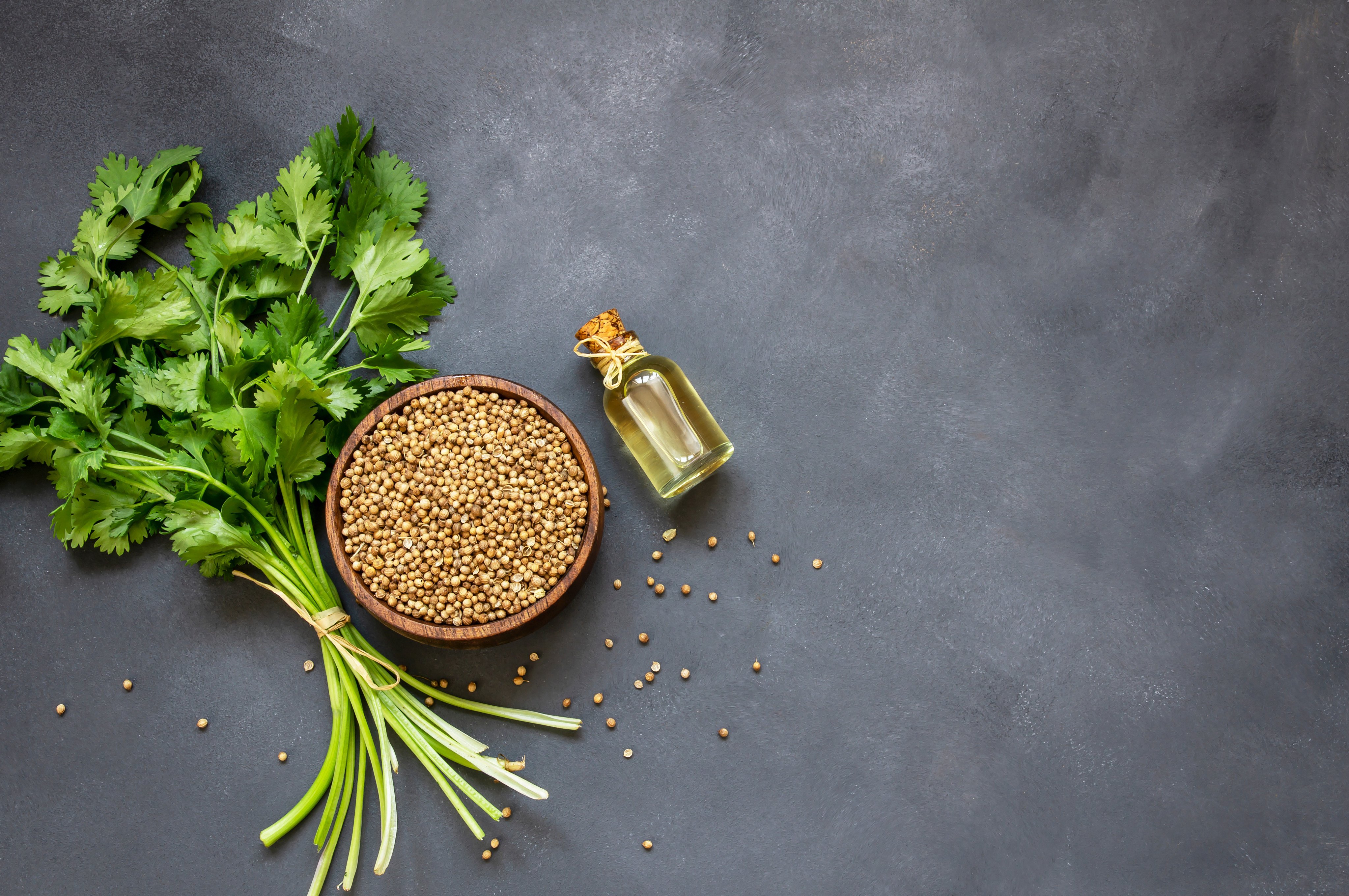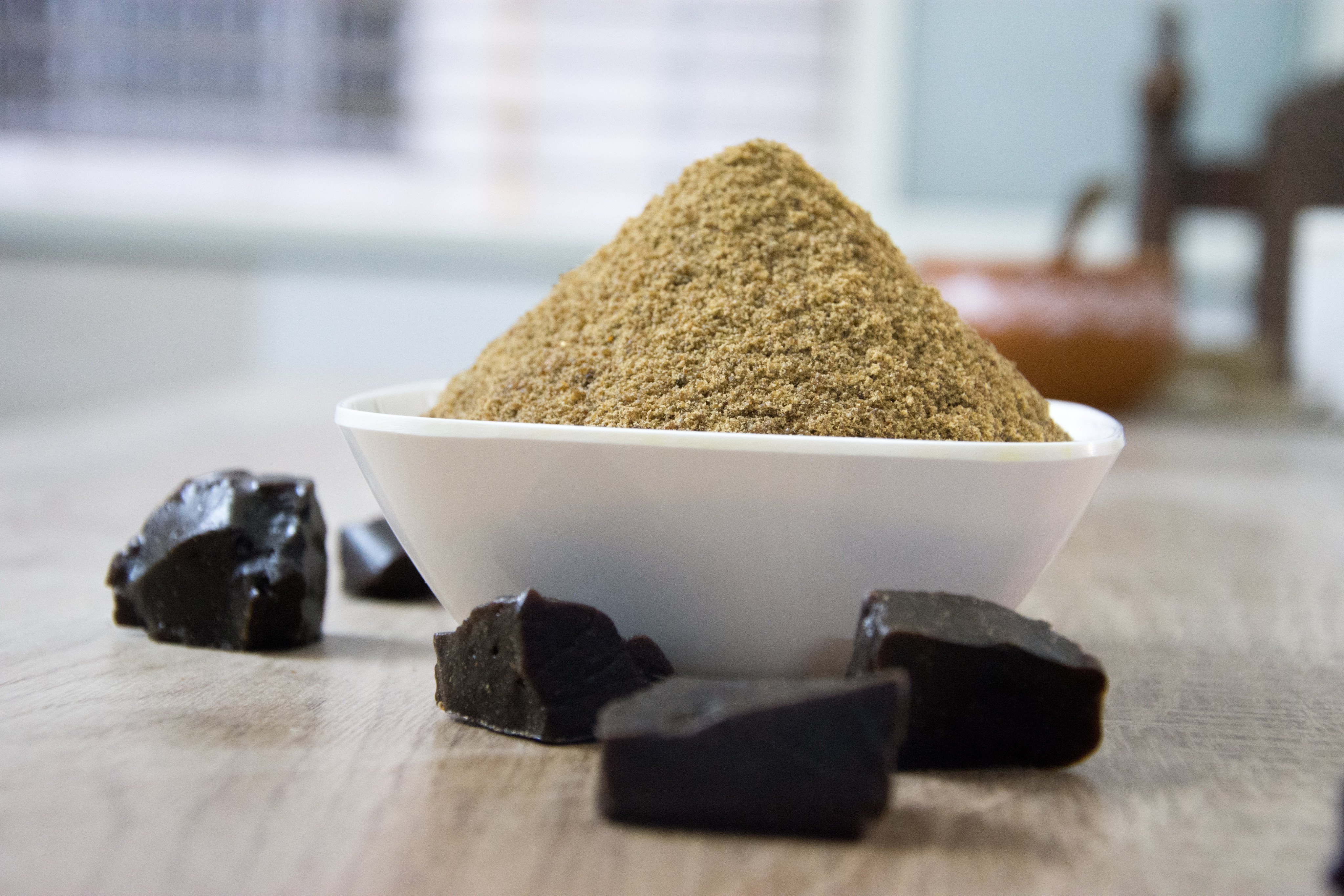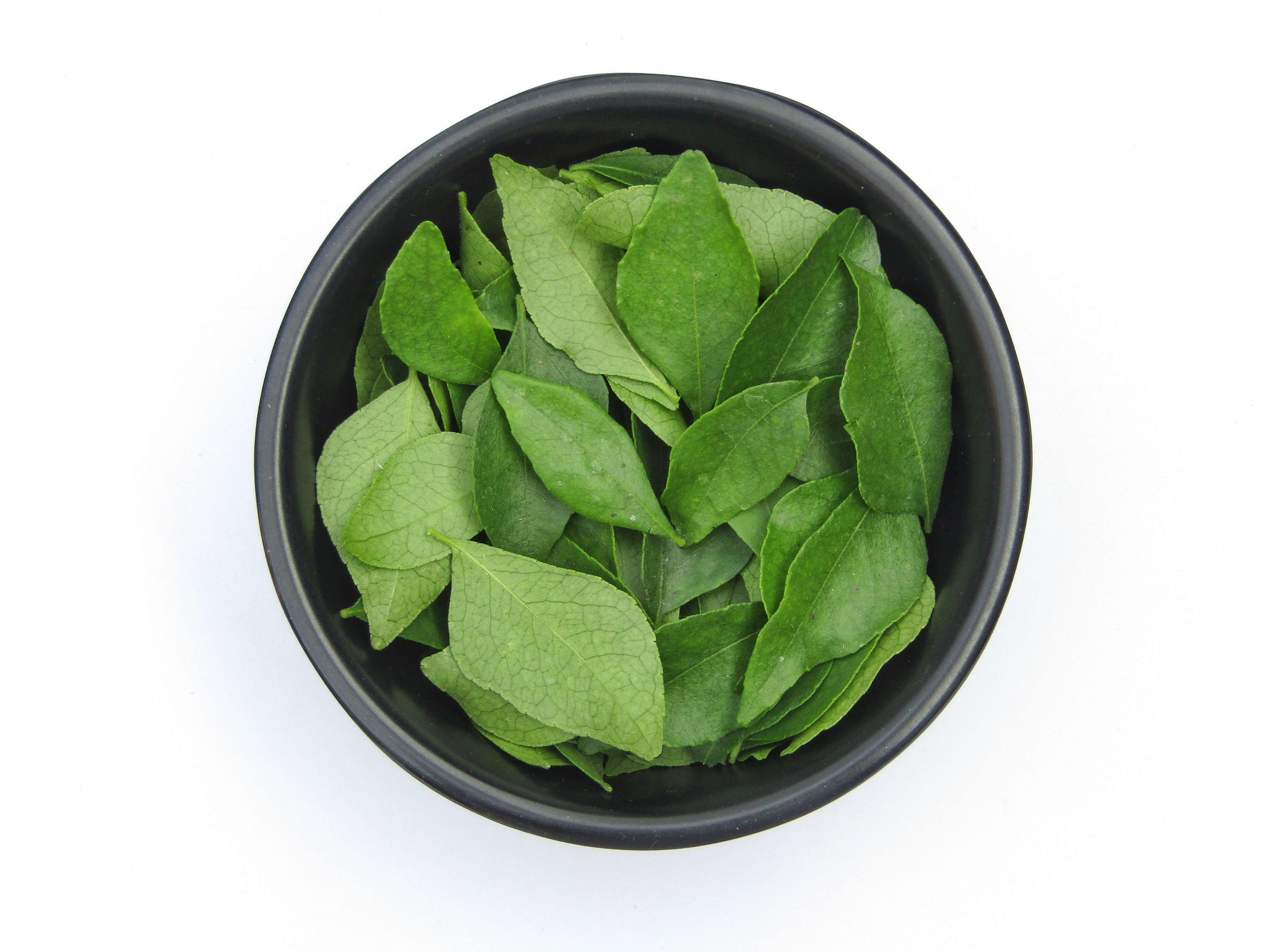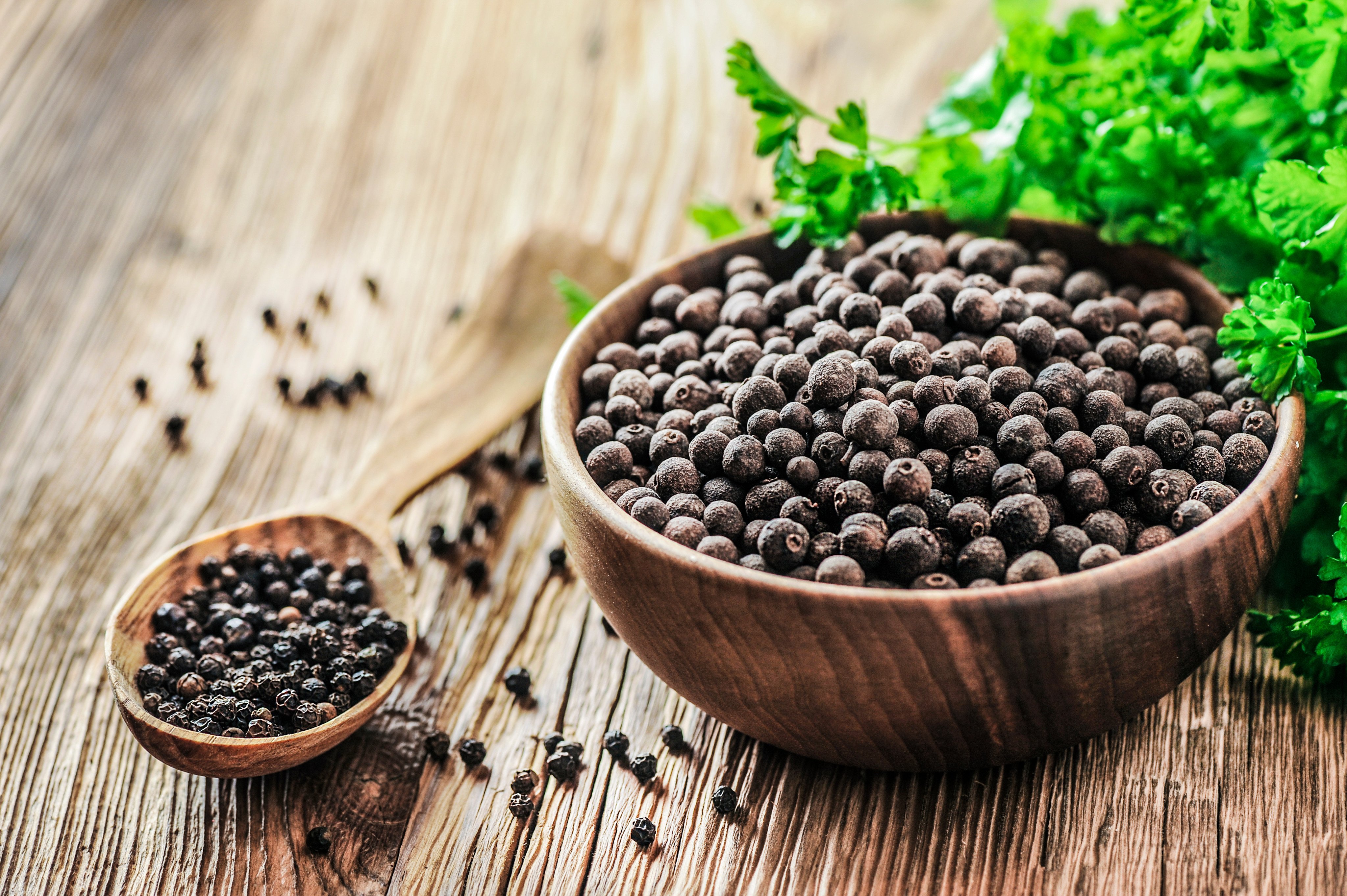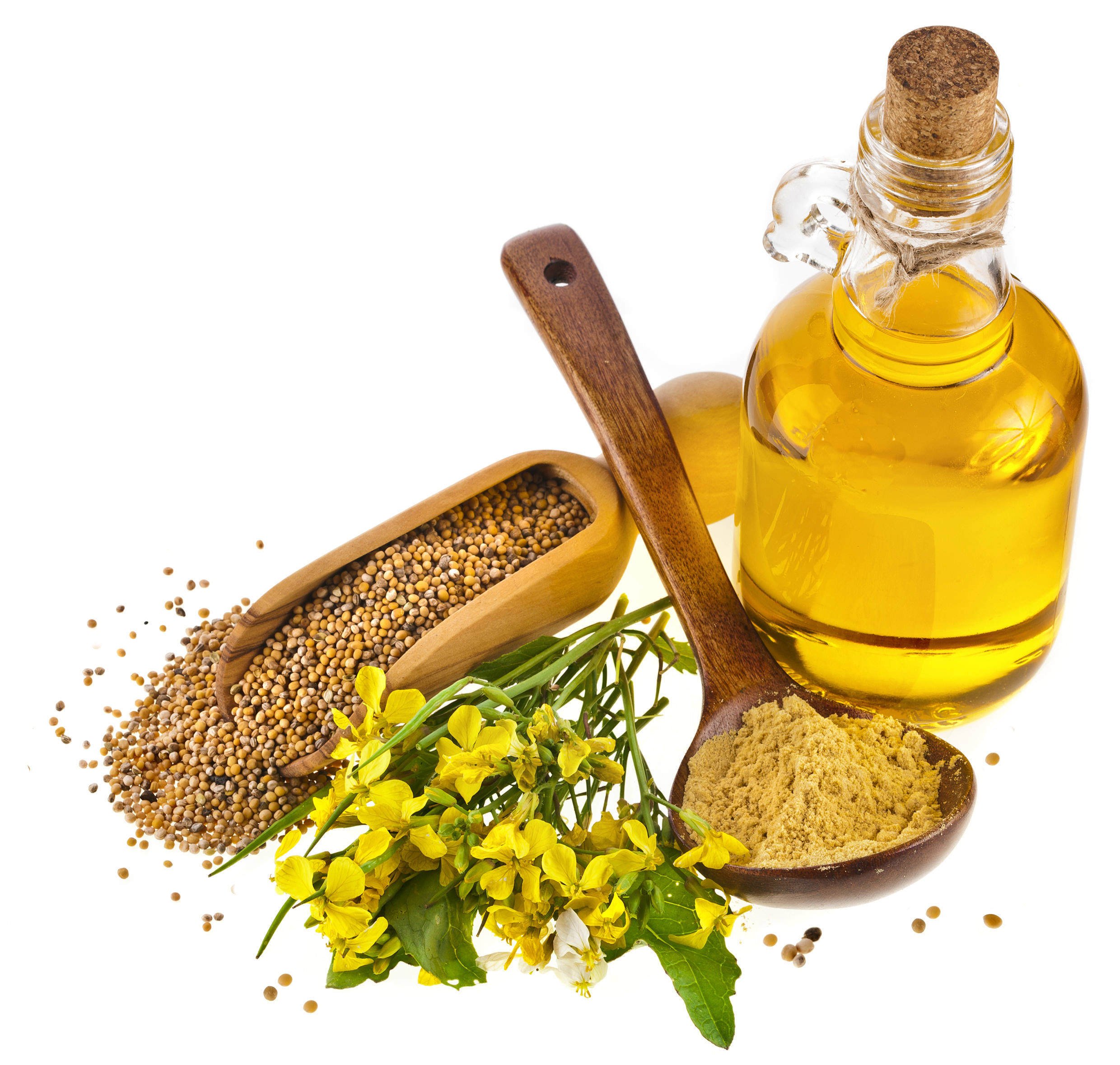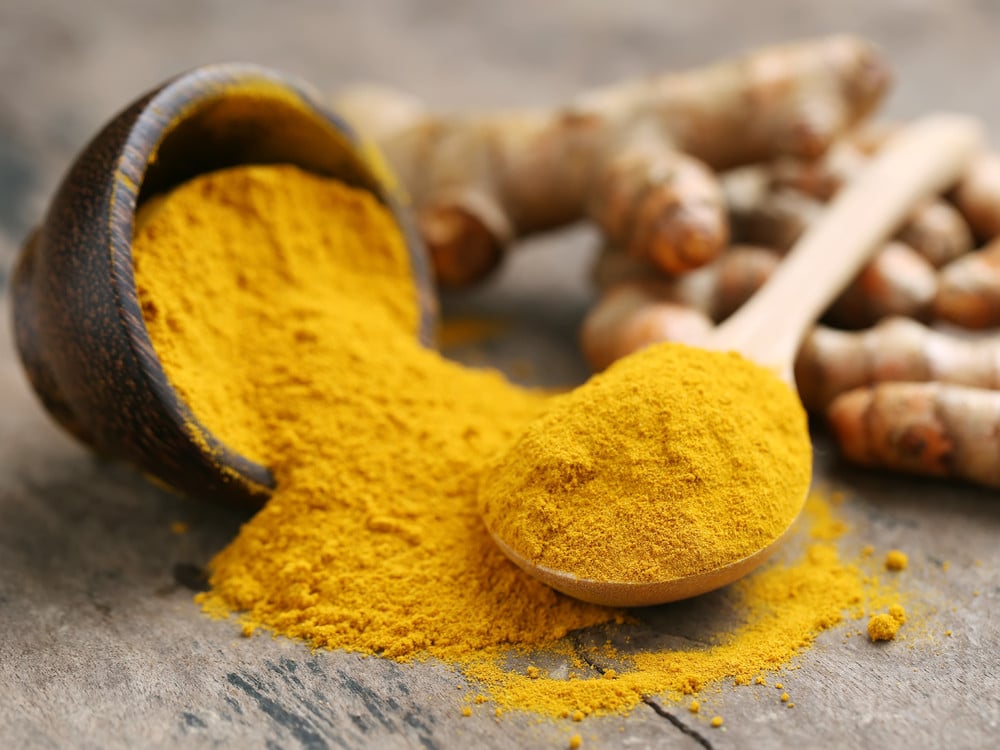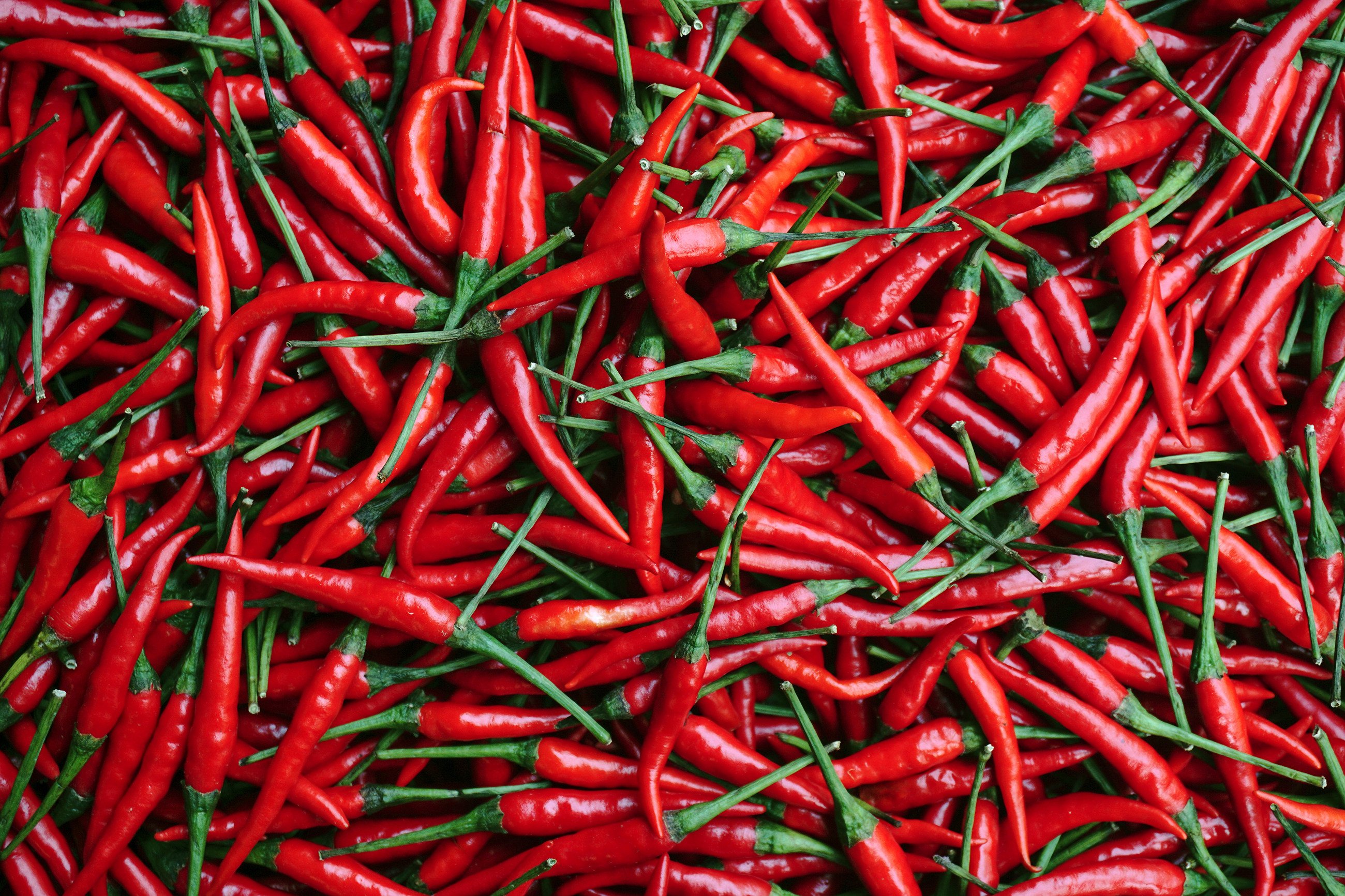Advertisement
Advertisement

Susan Jung
Editor, Food and Drinks
Susan Jung trained as a pastry chef and worked in hotels, restaurants and bakeries in San Francisco, New York and Hong Kong before joining the Post. She is academy chair for Hong Kong, Macau and Taiwan for the World's 50 Best Restaurants and Asia's 50 Best Restaurants.
Susan Jung trained as a pastry chef and worked in hotels, restaurants and bakeries in San Francisco, New York and Hong Kong before joining the Post. She is academy chair for Hong Kong, Macau and Taiwan for the World's 50 Best Restaurants and Asia's 50 Best Restaurants.
Areas of Expertise:
Cooking, eatingLanguages Spoken:
EnglishDried pomegranate seeds, also known as anardana, offer a deeper, complex flavour that is perfect for stews, spice rubs and more.
Beyond brews, coffee beans can be used to season sweet and savoury foods and even alcohol. Here’s how to use them in ganache, gravy and more.
Seldom used by home cooks, citrus leaves flavour curries and Cantonese snake soup. Here’s a chicken dish that uses them to delicious effect.
The main botanical of gin can temper strong meats’ gamey flavour and goes great in choucroute, a sauerkraut-based dish from Alsace, France.
Advertisement
Or are they called bialys? Either way, poppy seeds – from the same type of plant that yields heroin – give these chewy bread rolls some pep.
It may look like dog droppings in its natural state, but tamarind adds flavour to Southeast Asian and Indian dishes. Here’s a recipe idea.
Paprika, used in goulash and other Eastern European stews, also goes great in potato croquettes and can add colour to your holiday turkey.
Lemongrass is like lemon but more subtle and complex, and pairs well with fish and chicken dishes.
This lucrative fungus, which is only in season for a few months a year, shines when shaved over simple dishes.
The human-shaped root that grows in the mountains is most potent when dried and is a key ingredient in the cooling Korean soup samgyetang.
These dried, salted, fermented soybeans add a delicious savouriness to everything from steamed spare ribs to chicken, when used sparingly.
This bountiful, versatile herb works well in marinades and can be tossed on the barbecue to perfume meats. It also goes great in omelettes.
Fresh longan flavours Chinese sweet soups, but when dried, the fruit is smoky and used in traditional Chinese medicine to heal and strengthen.
Cooked ginkgo nuts have a chewy, waxy texture and taste like chestnuts, while ginkgo biloba supplements are used in alternative medicine.
Often used in Middle Eastern cuisine, sumac is a versatile sour spice that complements meats, fish, vegetables, legumes and dairy products.
Garlic is used in almost every cuisine around the world and comes in many varieties, imparting a mellower flavour when cooked than when raw.
Found in shops specialising in Thai, Vietnamese and other Southeast Asian ingredients, pandan leaves can be used to enrich many dishes.
Mint is a versatile herb found in cuisines all over the world. Here’s how to use it to flavour savoury and sweet dishes and refreshments.
The unripe fruit is shredded in Thai green mango salad and, when dried, adds a sour and fruity zestiness to Indian curries and chutneys.
An ingredient that gets more potent – and expensive – with age, chun pei is used in everything from beef balls to desserts.
Also known as kalonji and nothing to do with Nigella Lawson, these black seeds have an oregano-like flavour and are said to aid digestion.
The tiny seeds, which are sprinkled over food or pressed for their nutritious oil, are a key ingredient of Chinese deep-fried sesame balls.
The defining spice of Sichuan cuisine, these tiny fruits are typically toasted to add a tingle to dishes like mapo tofu and stir fry.
Also known as cilantro and Chinese parsley, this polarising plant adds distinctive flavour to dishes, especially Cantonese steamed fish.
Asafoetida is a pungent spice powder that it said to be antibacterial, aid digestion, work as a sedative and have anti-flatulent properties.
Used in Indian, Sri Lankan and Southeast Asian cuisines, curry leaves can add a strong fragrance and distinct flavour to various dishes.
Green, black and white peppercorns come from the same plant but vary in pungency. Make the most of the spice in a peppery seafood dish.
Mustard seeds are classed by colour, with the darker ones more pungent. Make the most of their flavour in a spicy vegan dish.
A key ingredient in Indian cuisine, dried turmeric adds complexity and subtle bitterness to dishes. It is also used in Vietnamese food.
Chilli comes in spicy and milder varieties and is used in sauces, pastes and powdered to add a kick to a range of foods. Handle with care.
Related Topic
Food and Drinks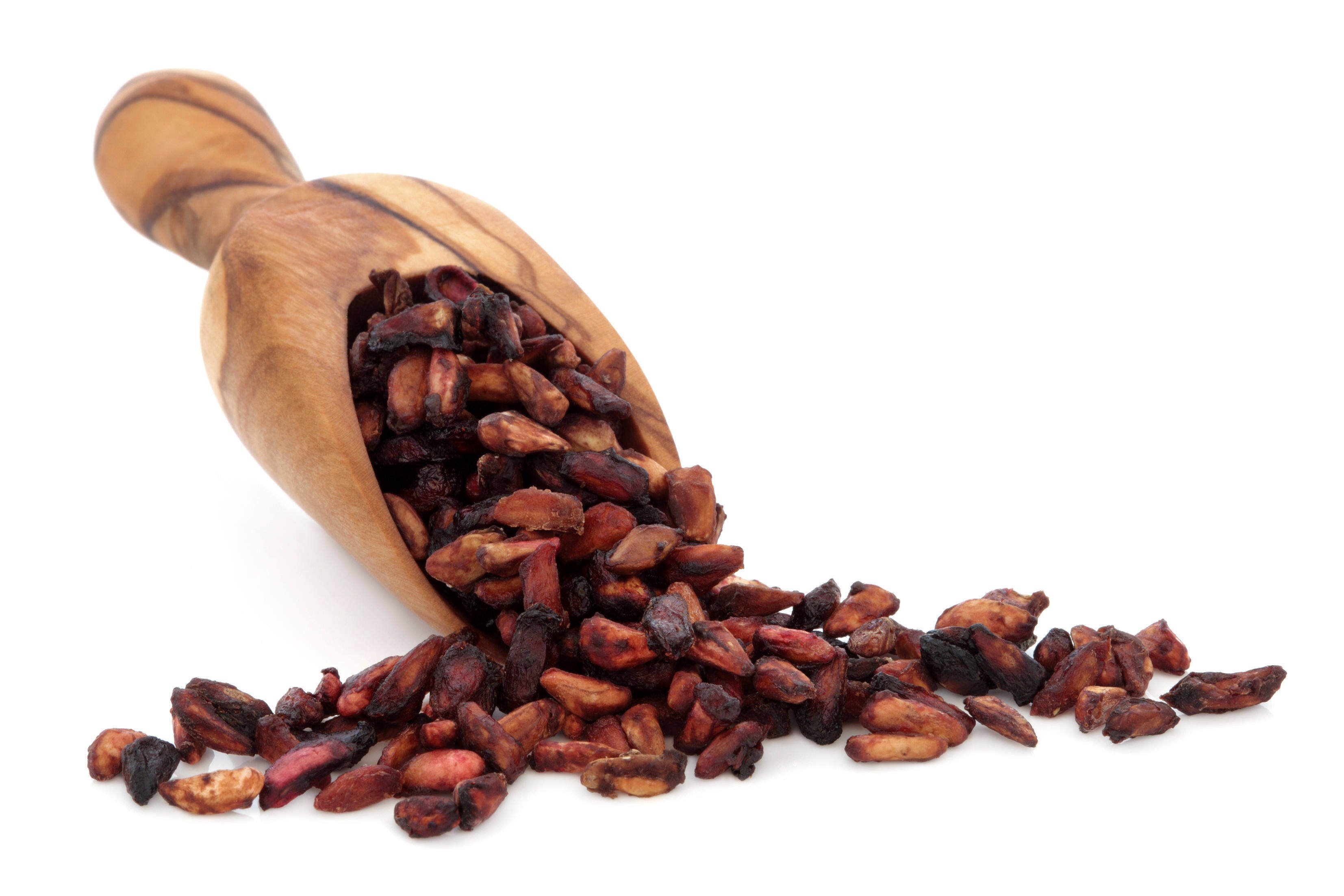
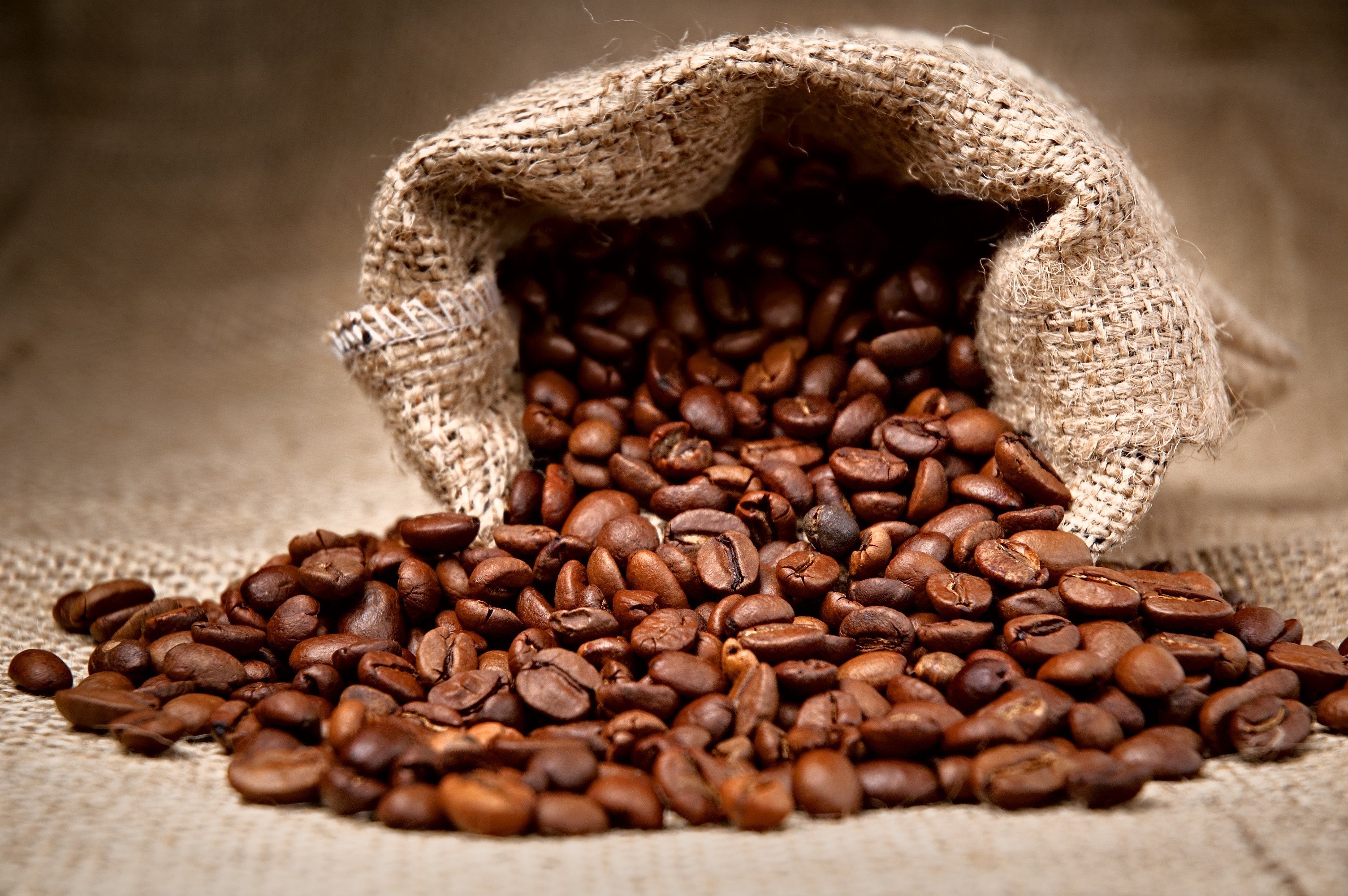
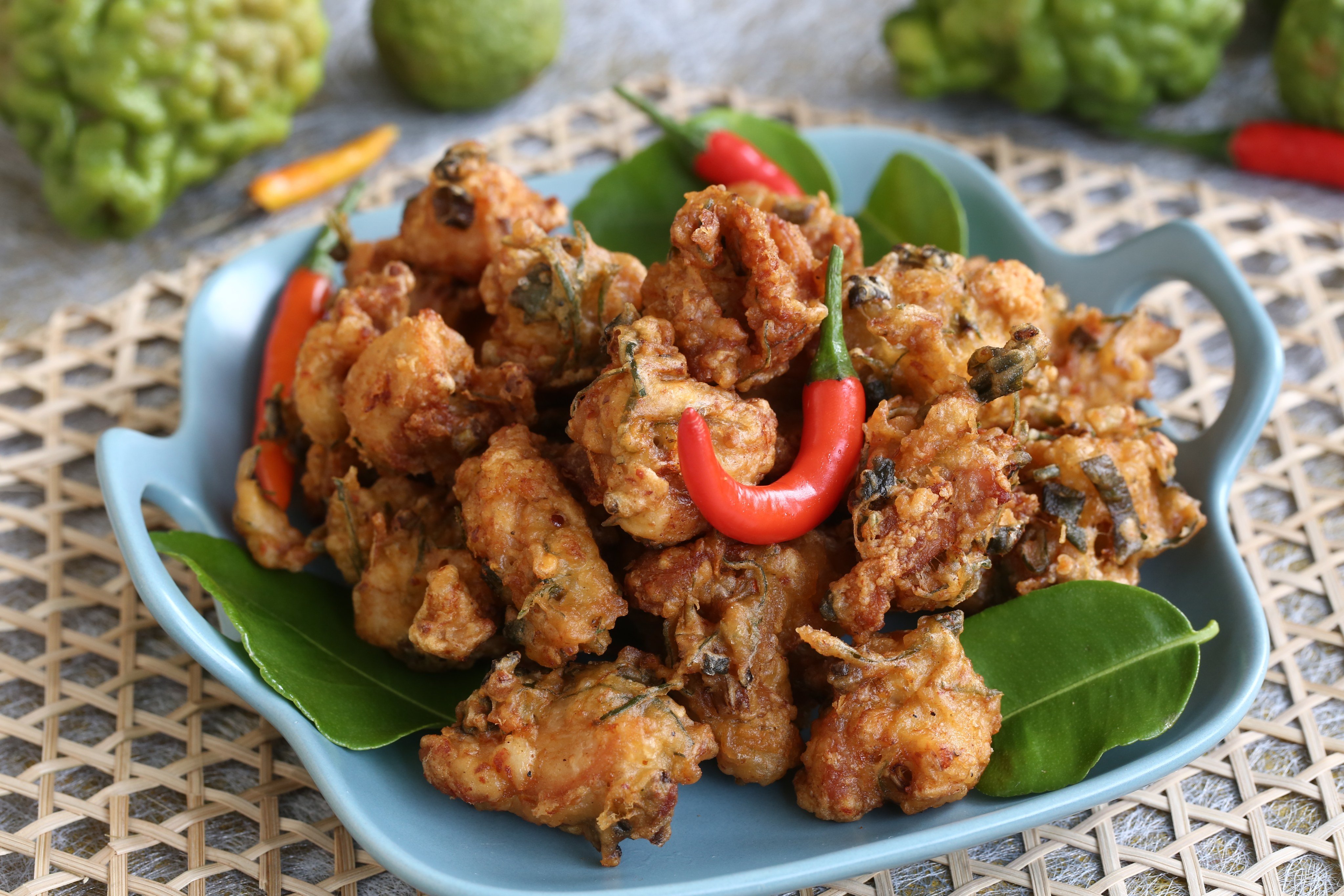
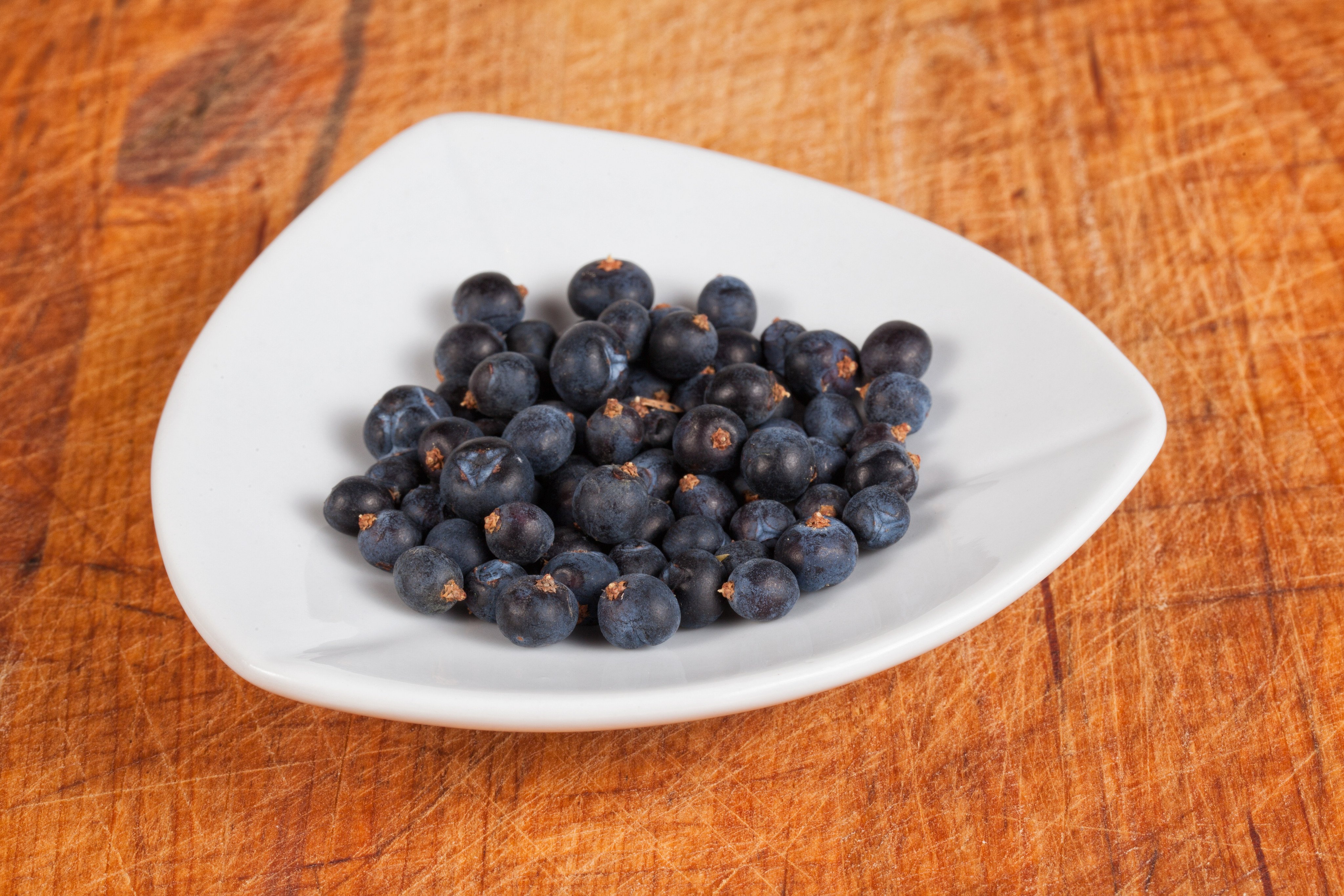
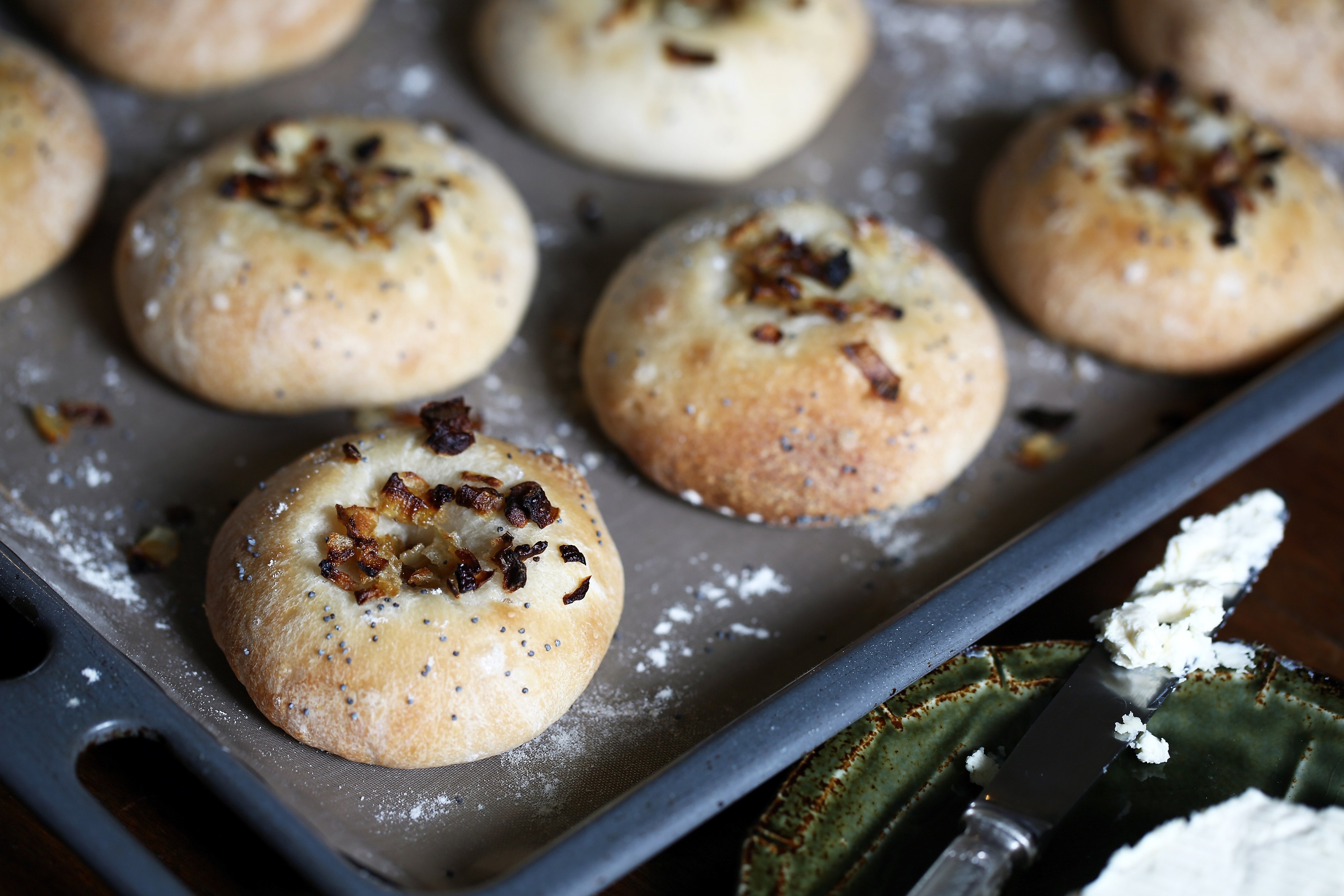
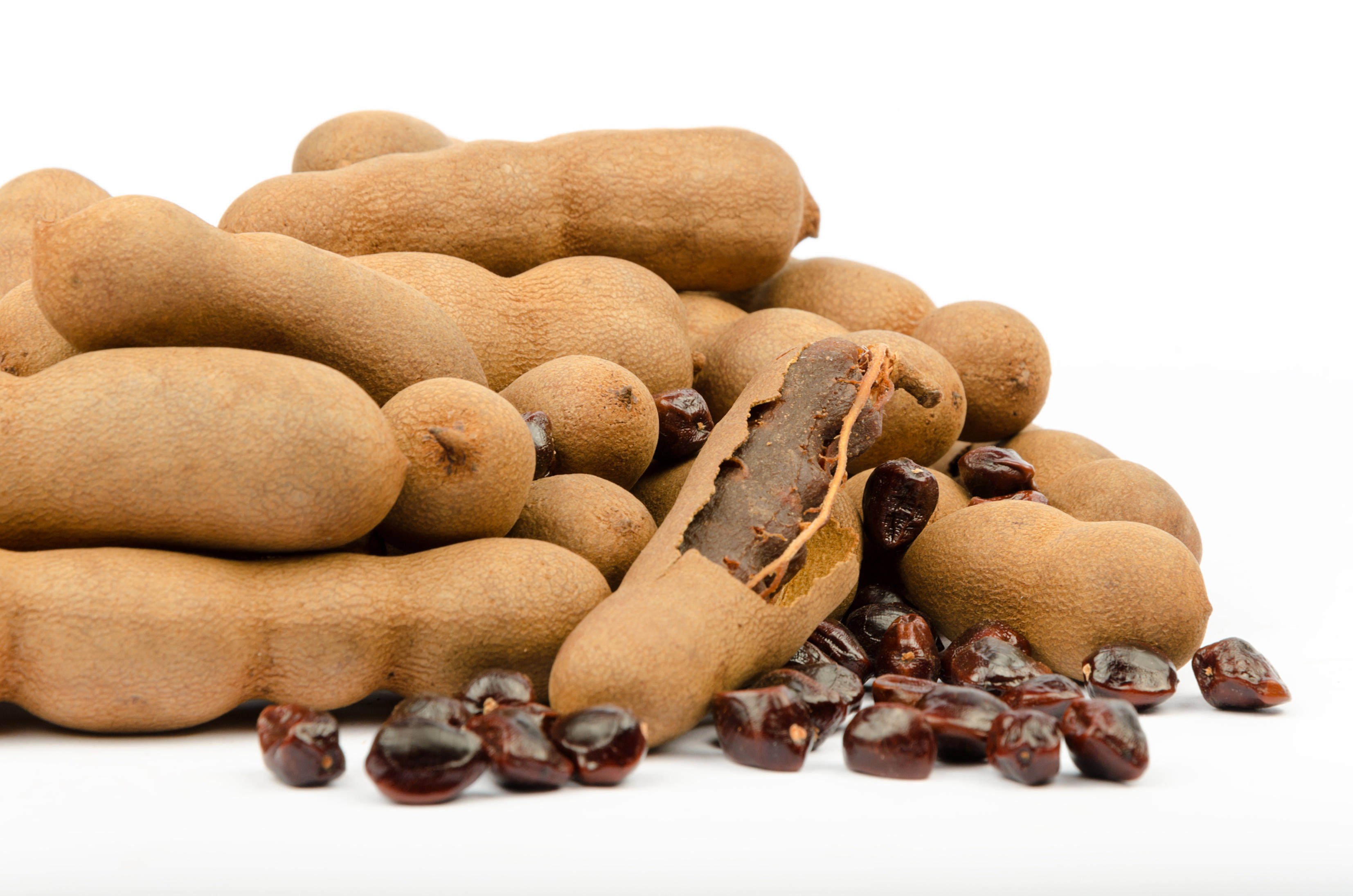

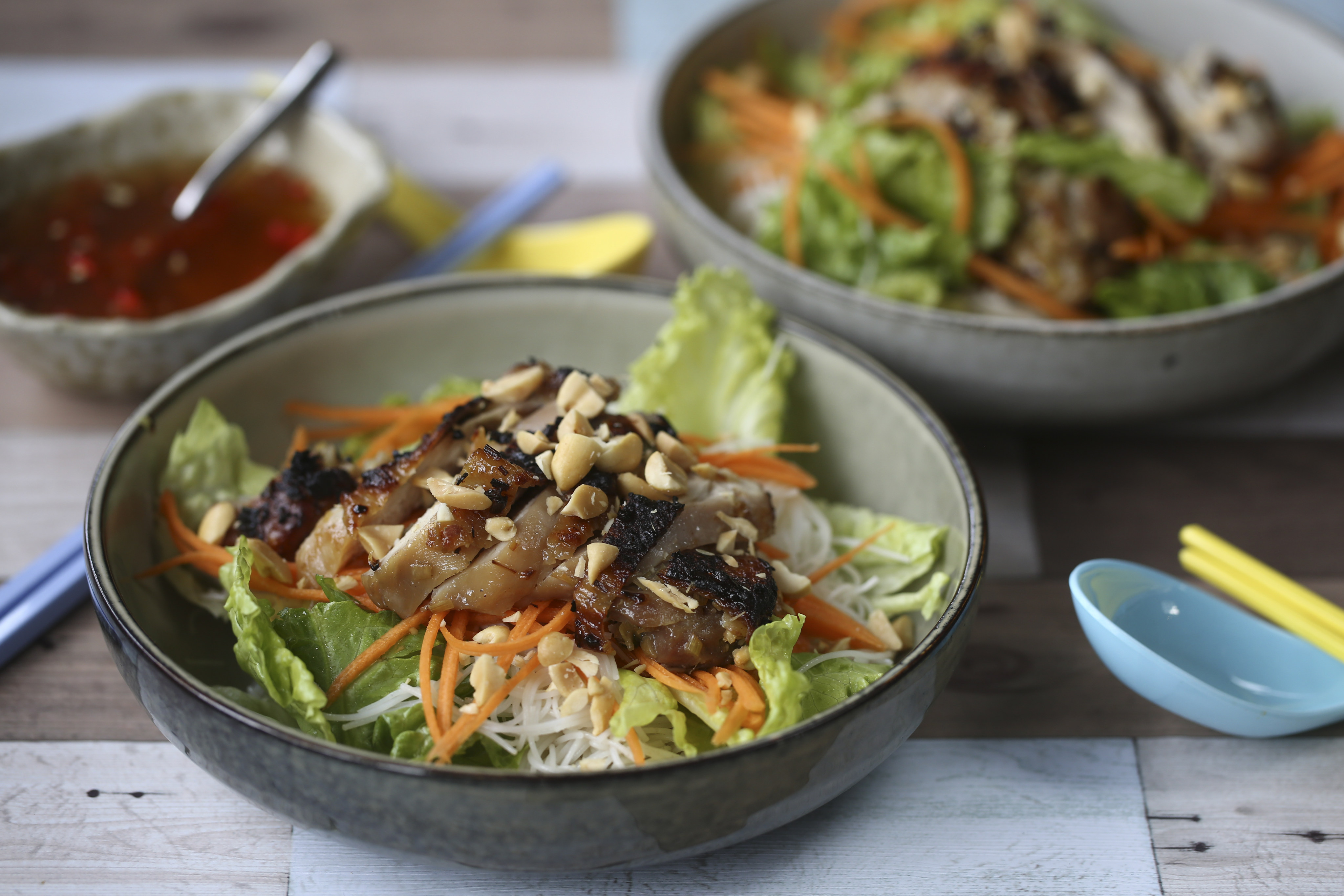
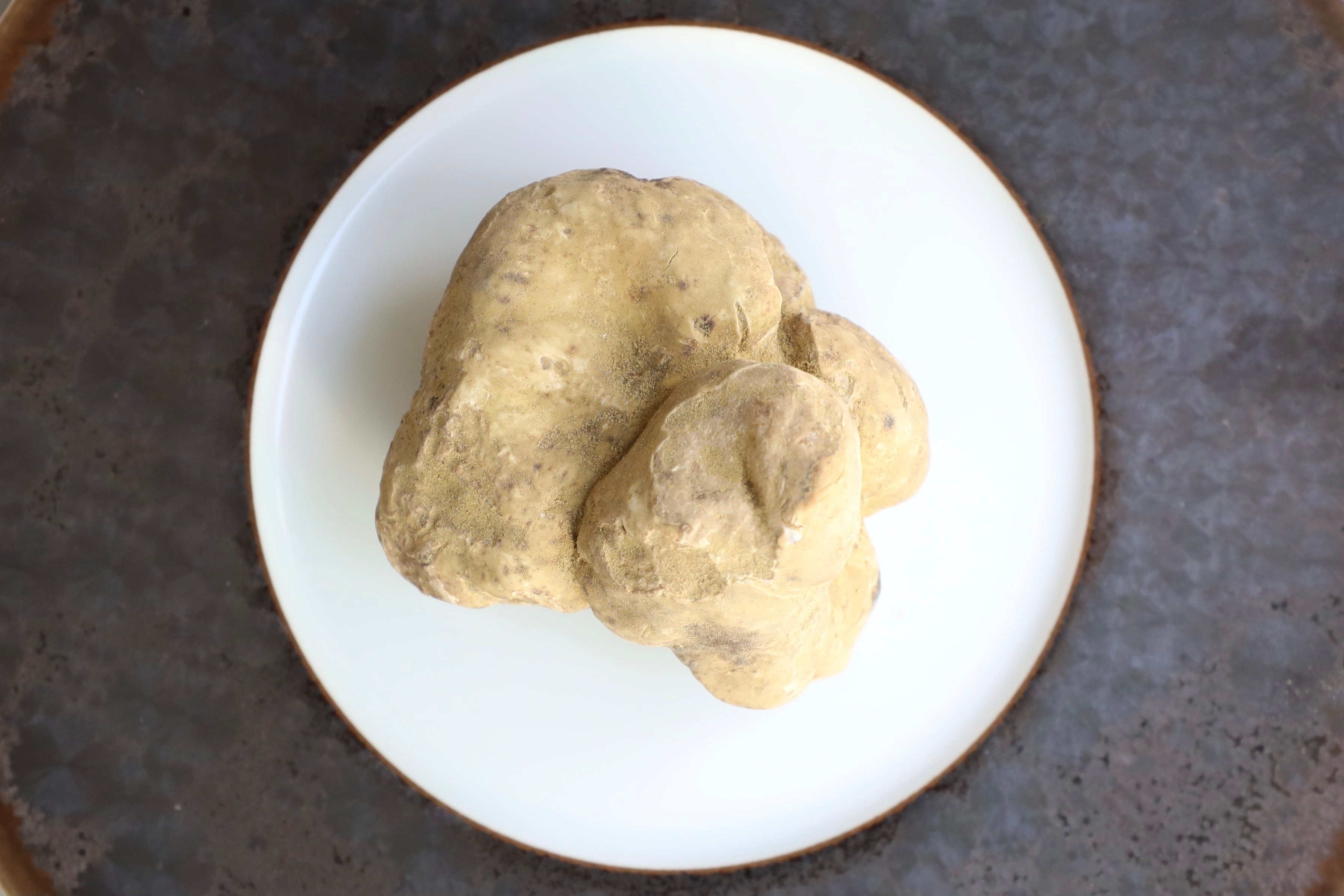
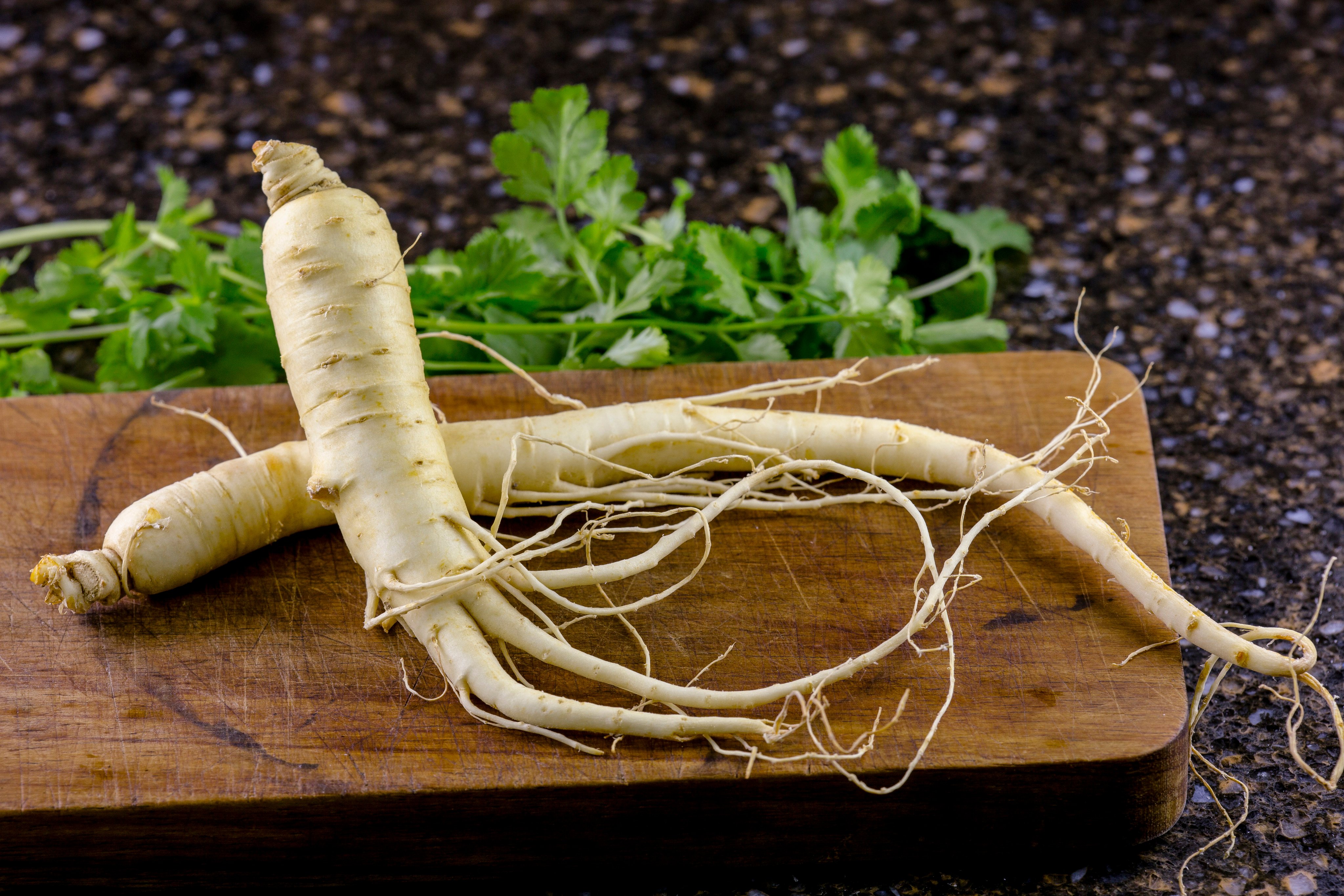
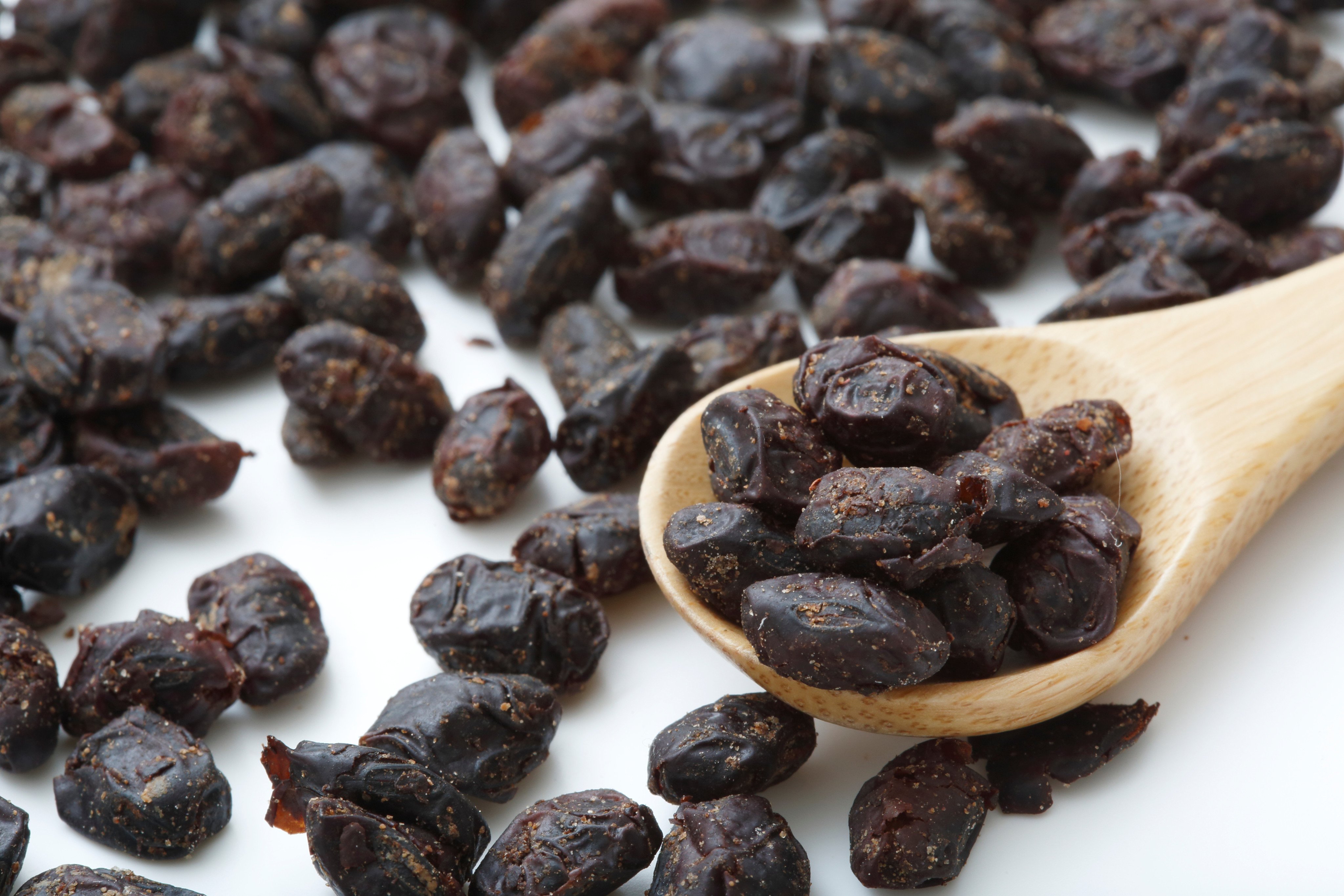
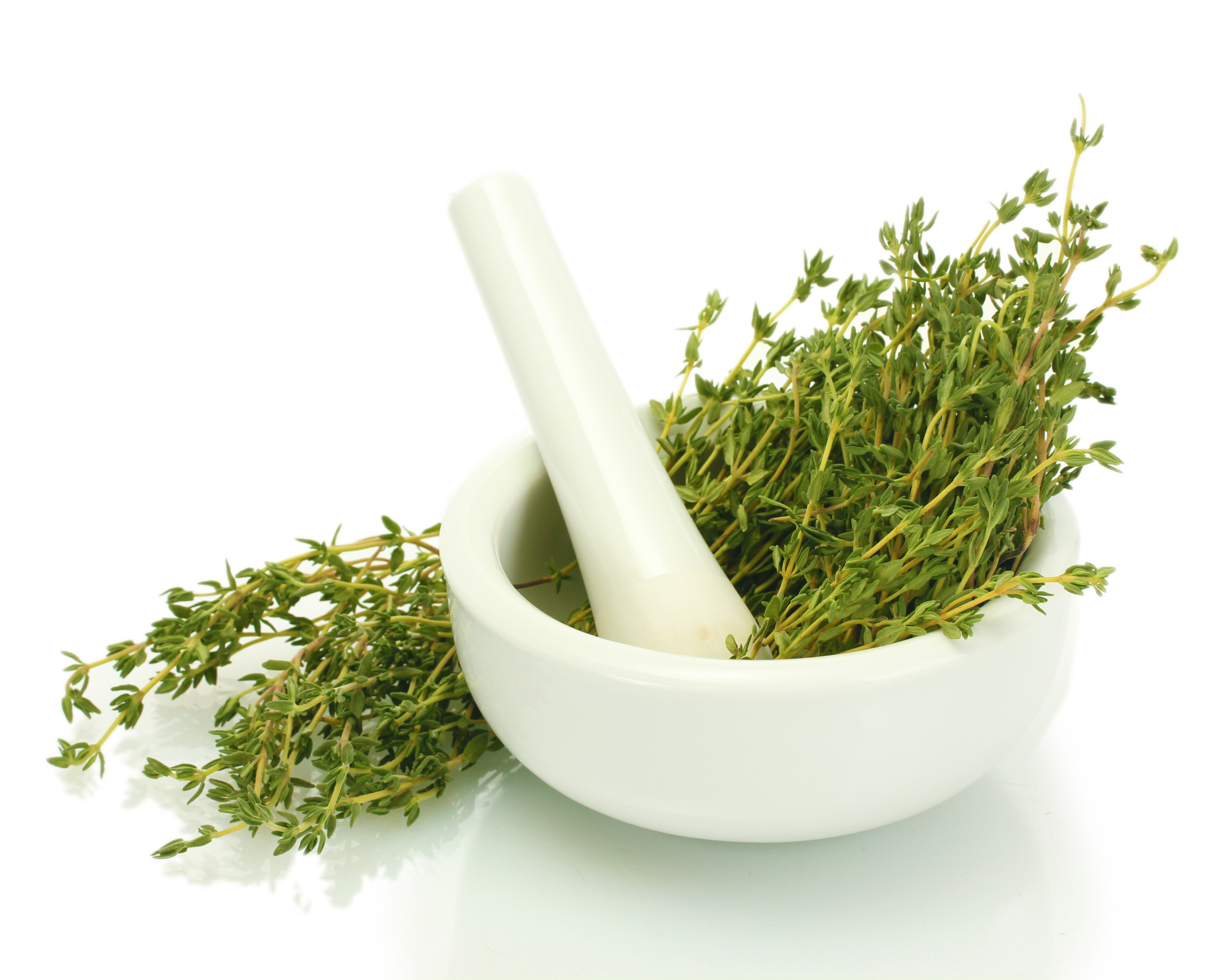
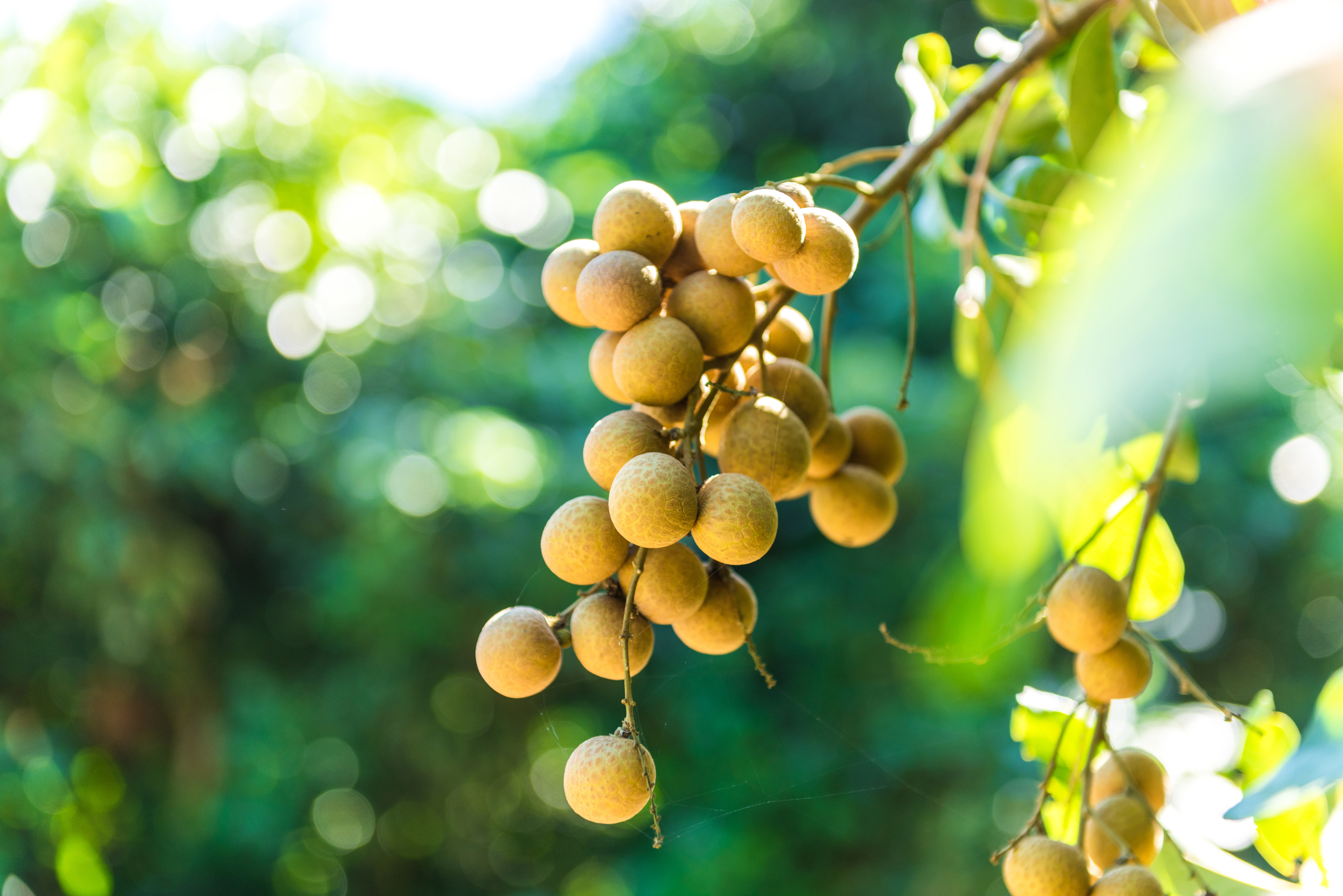
![[Shutterstock] Ginkgo nuts
Royalty-free stock photo ID: 71676598](https://cdn.i-scmp.com/sites/default/files/d8/images/canvas/2025/09/18/bb3a2f28-9f06-4201-901a-614936578864_cf9f50e8.jpg)
